Ancient civilizations were dropping technological bombshells long beforeSilicon Valleyexisted. Just this year, archaeologists inTurkeyuncovered2,400-year-oldtablets containing unknown encryption methods that make modern cybersecurity look basic.
While you’re struggling to assembleIKEAfurniture, our ancestors were moving40-tonstones with mathematical precision and engineering irrigation systems that would makeTesla’sengineers weep. These historical mysteries prove that human ingenuity isn’t new—it’s just been rebranded with better marketing budgets. From stone circles that predate your favorite coffee shop by176,000 yearsto desert farming tech that puts modern agriculture to shame, these discoveries will make you question everything you thought you knew about ancient capabilities. Ancient civilizationswere droppingtechnologicalbombshells longbefore SiliconValley existed, and themysterious ancienttechnologiestheyleft behind continueto challengeour understandingof history andinnovation.
10. Kofun Tombs: Japan’s Original VIP Access
To get more in-depth news and expert analysis on global affairs from WPR, sign up for our free Daily Review newsletter.
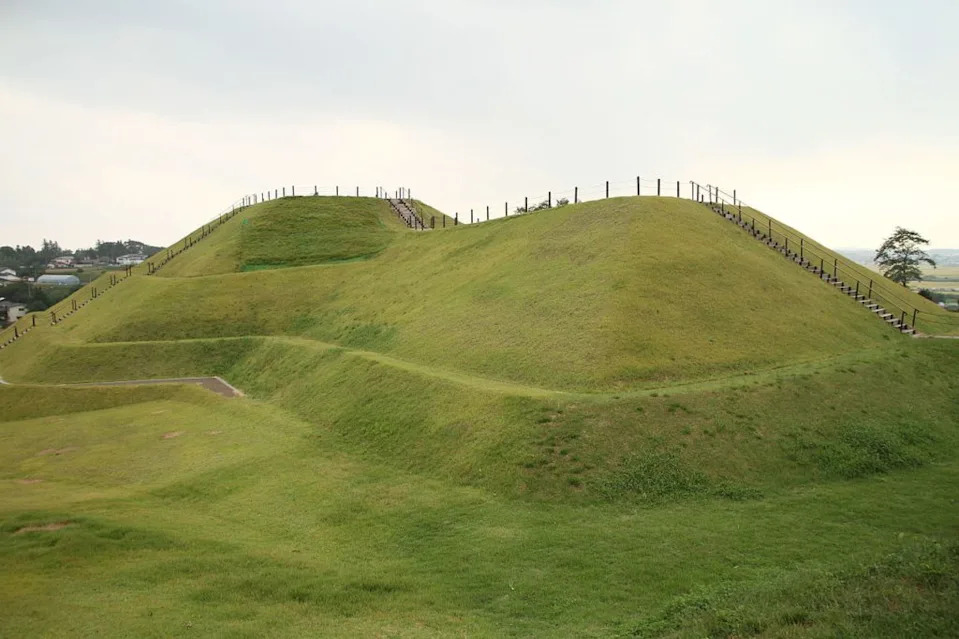 Image: Wikipedia
Image: WikipediaJapan’skeyhole-shaped burial mounds are the ultimate premium subscription service—3rd to 7th centuryedition.These massive structures face the rising sun with precision that would makeApple’sdesign team jealous.
TheDaisenryo Kofunremains off-limits to archaeologists due to imperial connections. It’s archaeology’s equivalent of a “Staff Only” door that nobody’s allowed to hack. Traditional reverence keeps these tombs sealed, preserving secrets better than any password protection. For more on these enigmatic tombs, seeJapan’s ancient keyhole tombs.
9. Neanderthal Stone Circles: Prehistoric Project Management
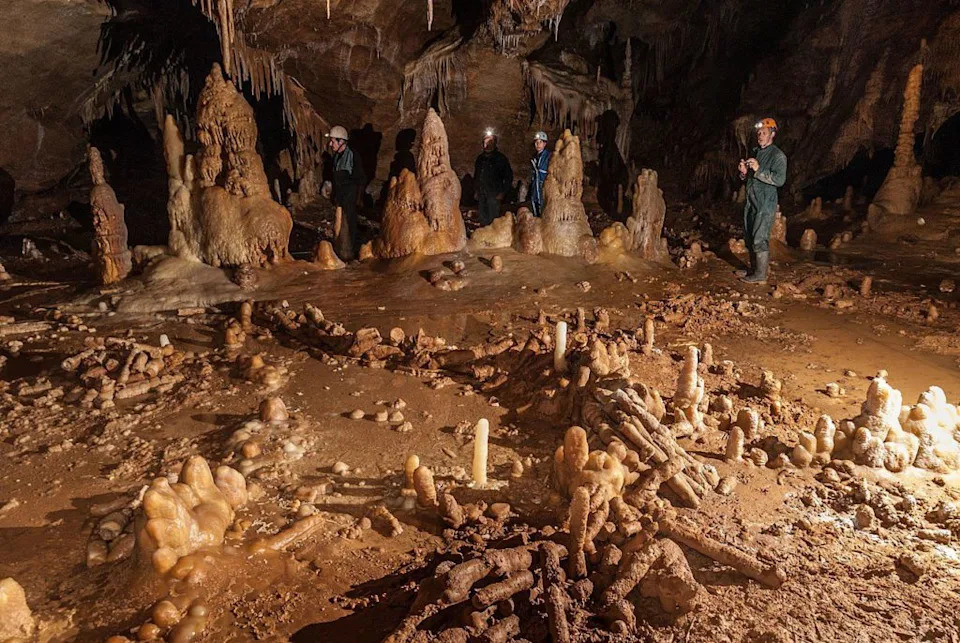 Image: Wikipedia
Image: WikipediaCircular structures inBruniquel Cave, France, built176,000 years ago, force us to upgradeNeanderthalsfrom “cavemen” to “prehistoric architects.”They arranged stalagmites into deliberate patterns and managed fire—less caveman stereotype, more primitive engineering firm.
Complex construction required planning and cooperation, proving Neanderthals had social structures rivaling earlyHomo sapiens. They weren’t just surviving—they were designing with intentionality that makes most modern Zoom meetings look chaotic and unproductive. Recent research onNeanderthal cave constructionshas fundamentally changed our understanding of their capabilities.
8. Garamantes Irrigation: Desert Farming Before Tesla
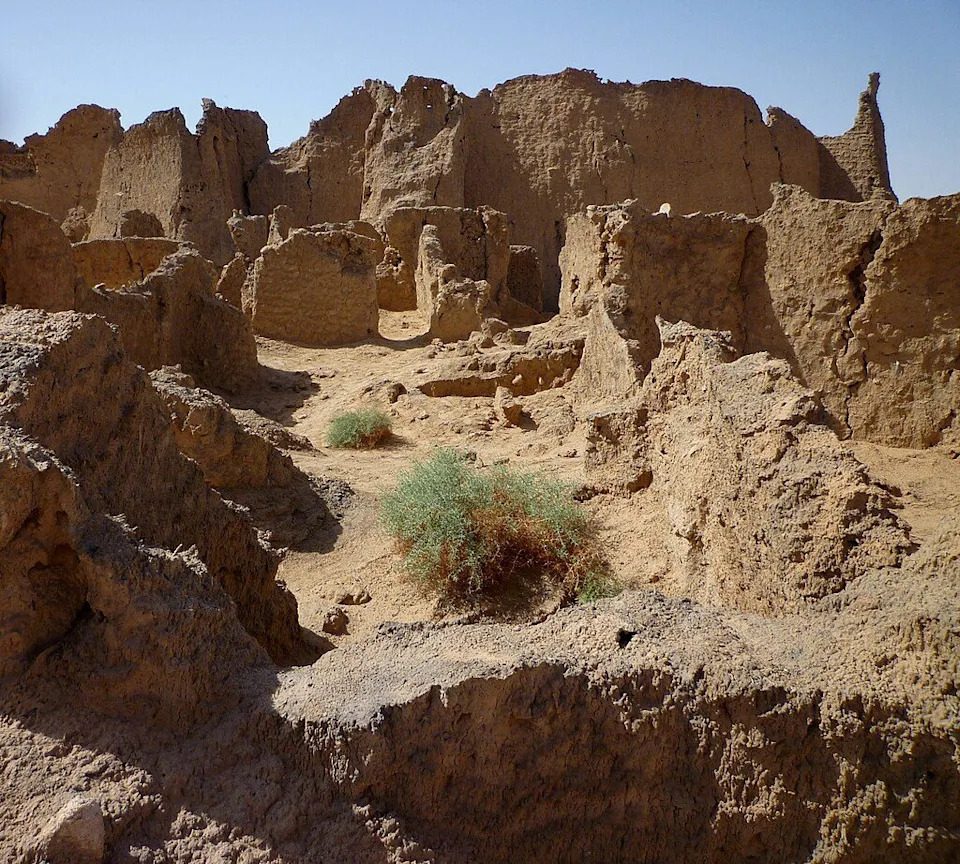 Image: Wikipedia
Image: WikipediaTheGaramantescreated an irrigation system3,000 years agoinLibyathat would make modern civil engineers slow-clap in appreciation.They tapped ancient aquifers through vertical shafts connected by tunnels, creating underground networks that supported desert agriculture.
This allowed crop growth and trade withMediterraneanneighbors despite living in conditions that would kill most houseplants within days. Their engineering turned barren desert into farmland without modern technology—just human ingenuity and serious commitment to digging.
Theseancient irrigation systemsreveal how early societies engineered sustainable agriculture in extreme environments.
7. Petralona Skull: The Dating App That Broke Archaeology
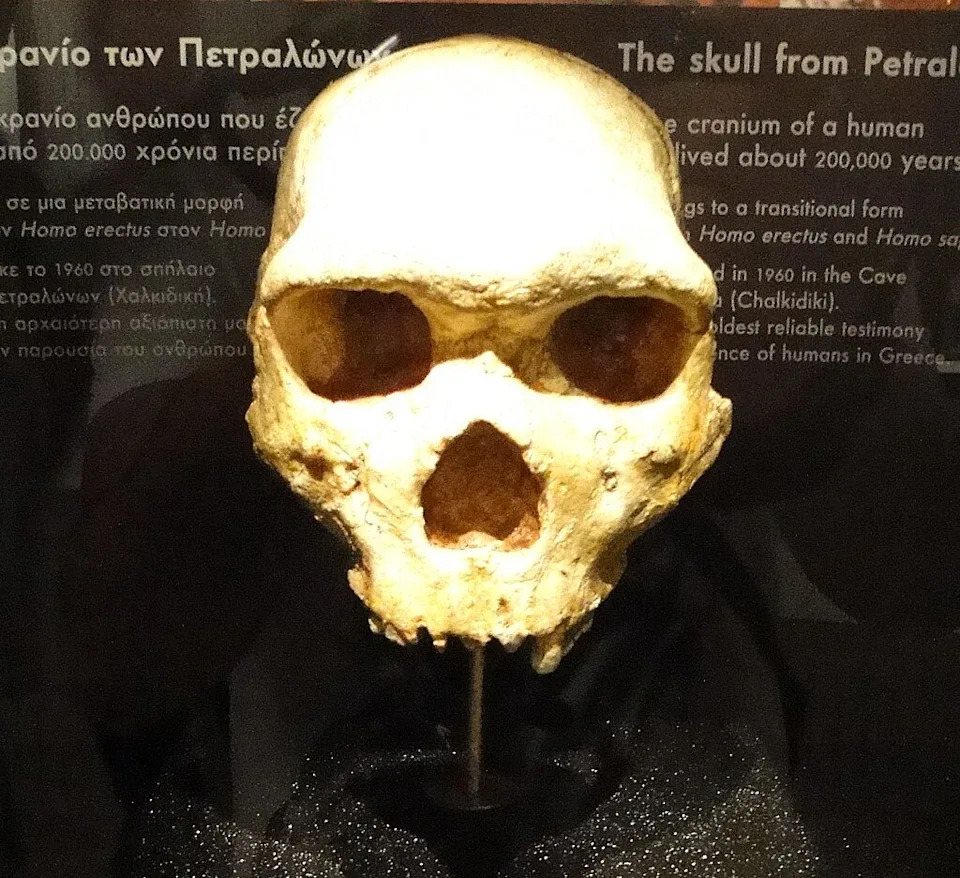 Image: Wikipedia
Image: WikipediaThisGreekcranium is archaeology’s version of a glitched timestamp.Discovered in1959, dating methods can’t agree whether it’s50,000or300,000 yearsold—basically the difference between dial-up internet and fiber optic in evolutionary terms.
Its features don’t fit established human evolution categories, like finding aniPhonein aNokiafactory. While it doesn’t overturn mainstream theories, it adds complexity to human migration patterns that scientists are still debugging. For a detailed overview, seePetralona skull controversy.
6. California’s Desert Petroglyphs: Prehistoric Social Media
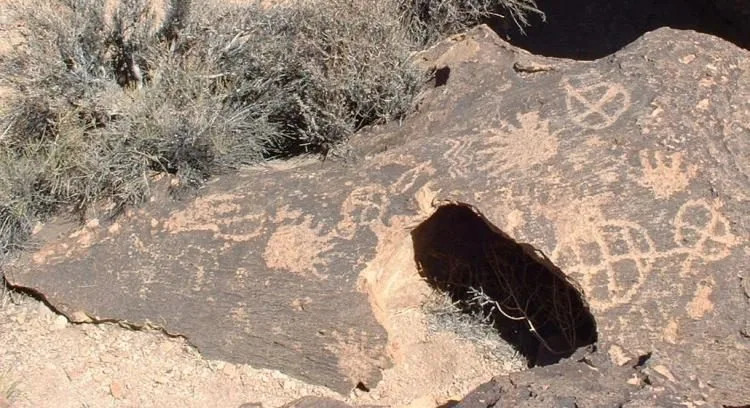 Image: Wikimedia Commons
Image: Wikimedia CommonsSpanning90 square milesofCaliforniadesert, these rock carvings showcase wildlife, humans, and geometric patterns from thousands of years ago.Located on military land with restricted access, they’re basically the world’s oldest password-protected content.
These markings form a visual language waiting to be decoded—stone-age status updates that outlasted entire civilizations. What were they communicating? Probably something more meaningful than your averageTikToktrend. ExploreCalifornia’s Coso petroglyphsfor more about these ancient carvings.
5. Megalithic Monuments: Ancient Heavy Lifting Without Cranes
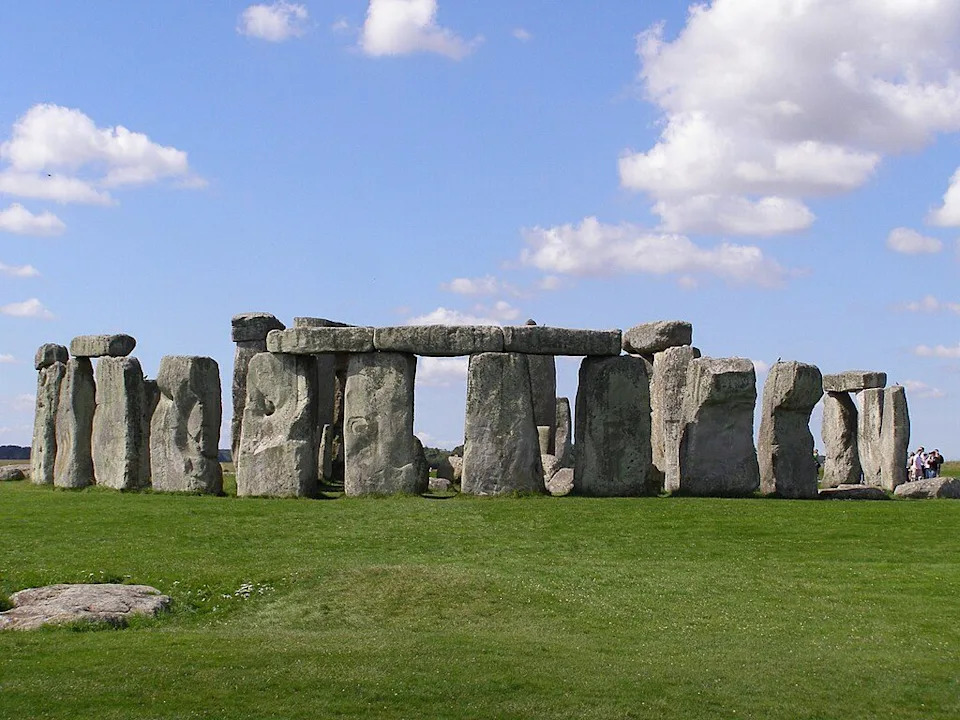 Image: Wikipedia
Image: WikipediaGöbekli TepeandStonehengefeature stones weighing20-40 tons, positioned with GPS-level accuracy thousands of years before anyone invented the wheel.That’s like moving your entire apartment building using nothing but rope and raw determination.
These structures align perfectly with astronomical events, proving ancient builders weren’t just strong—they were running calculations that would challenge modern engineers. Local legends claim giants built them, which honestly makes more sense than imagining humans playing prehistoric Tetris with house-sized rocks.
4. Hyoliths: Evolution’s Classification Bug
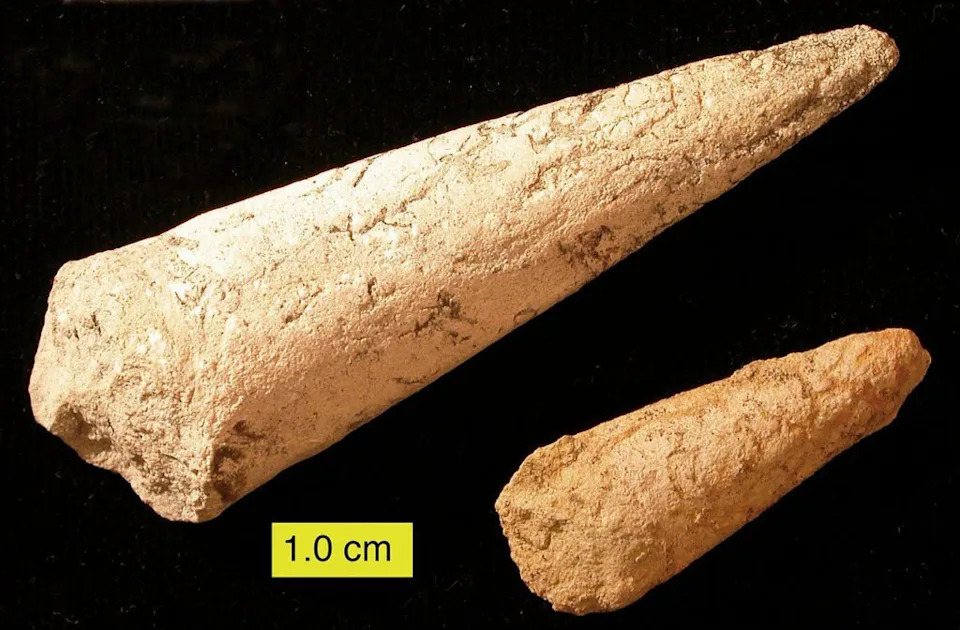 Image: Wikipedia
Image: WikipediaThese cone-shaped sea creatures lived500 million years ago, makingdinosaurslook like evolutionary newcomers.Found inNorth Americanfossils, they had conical shells and unique appendages that have challenged scientific classification for decades.
Some consider them primitive mollusks; others believe they deserve separate categorization entirely. While less mysterious than previously thought, these ancient creatures remind us that evolution’s family tree has branches we’re still trying to properly map. Recent studies have provided new insights intohyolith classification, but their full story is still unfolding.
3. Waldseemüller’s Maps: Medieval Google Earth Accuracy
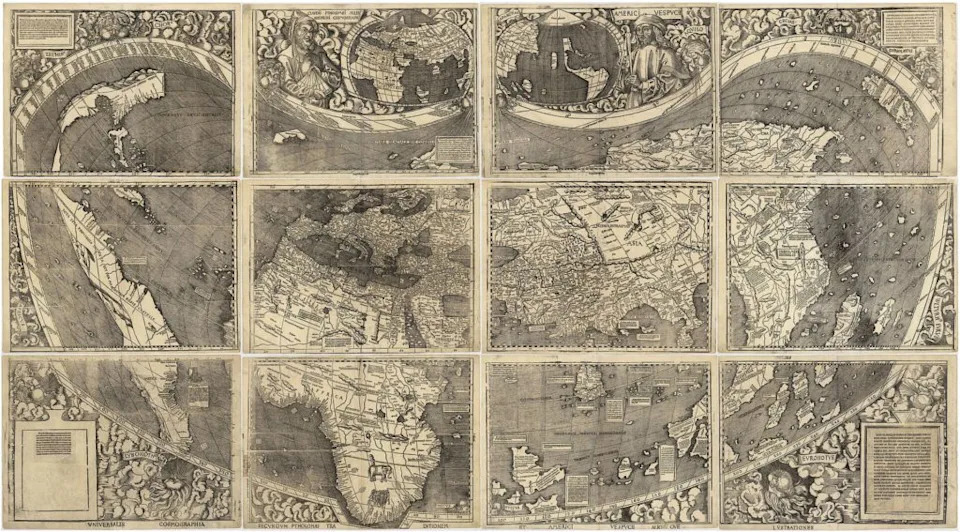 Image: Wikipedia
Image: WikipediaWaldseemüller’s 1507 mapfirst named “America,” but his1516version shows coastline accuracy that seems impossible for someone working with quill pens and sailor gossip.HisGreenlandand southernAfricadepictions display remarkable precision.
While “satellite-level” claims are marketing hype, his work suggests access to navigation data that wasn’t well documented. His cartographic achievements prove that quality information sometimes flows through unexpected channels—like ancient crowdsourcing. For more on his cartographic achievements, seeWaldseemüller’s world map.
2. Saruq al-Hadid: Dubai’s Original Luxury Brand
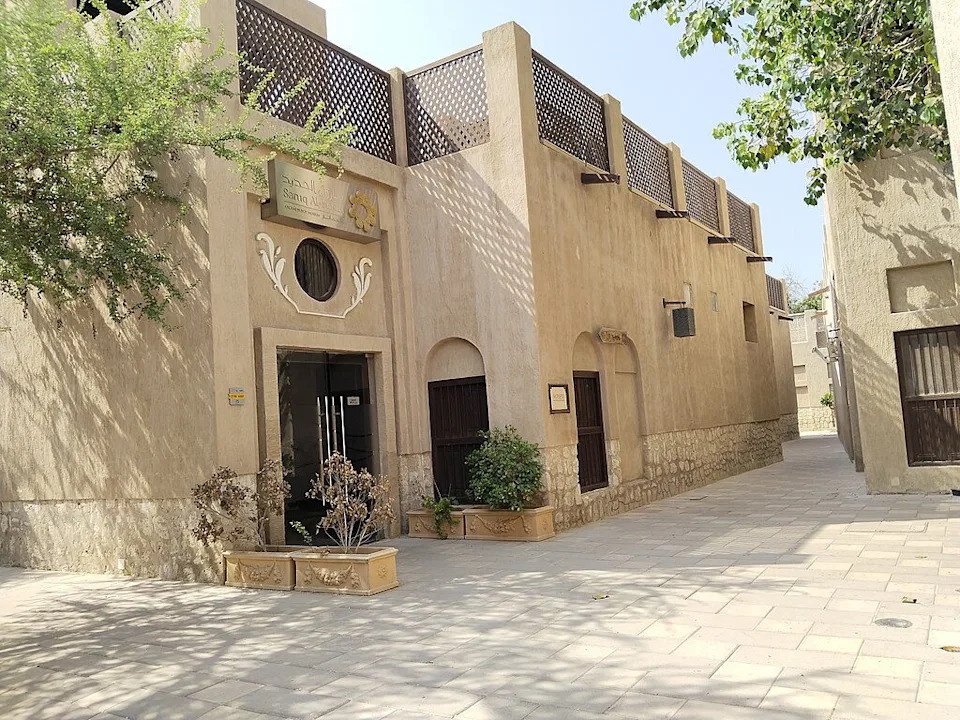 Image: Wikipedia
Image: WikipediaBeforeDubaibecame synonymous with impossible architecture and indoor ski slopes,Saruq al-Hadidwas an ancient craft center discovered in2002.Over23,000 artifactsincluding copper tools, gold jewelry, and ceremonial daggers reveal a thriving trade hub in what’s now desert.
A small gold ring from the site inspired theDubai Expo 2020emblem—proving that3,000 years ago, Dubai already had a knack for luxury branding and making the impossible look effortless.
1. Nubian Royal Statues: Ancient Resume Inflation
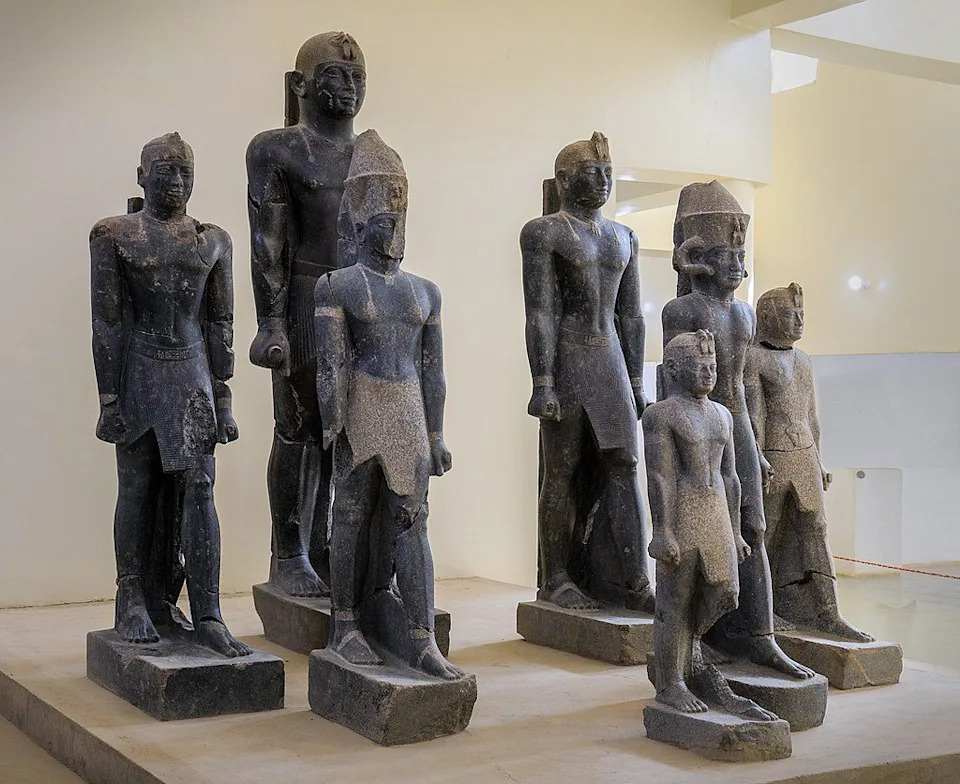 Image: Wikipedia
Image: WikipediaStatues fromSudandating2,600 years agoshowNubianrulers claiming titles like “king of Upper and Lower Egypt.”That’s the ancient equivalent of declaring yourself CEO of a company you’ve never worked for.
These bold assertions reflect complex power dynamics betweenNubian KushandEgypt, particularly when Nubian kings actually did rule Egypt during the25th Dynasty. Ancient political propaganda worked remarkably like modern résumé embellishments—just carved in stone instead of posted onLinkedIn.














